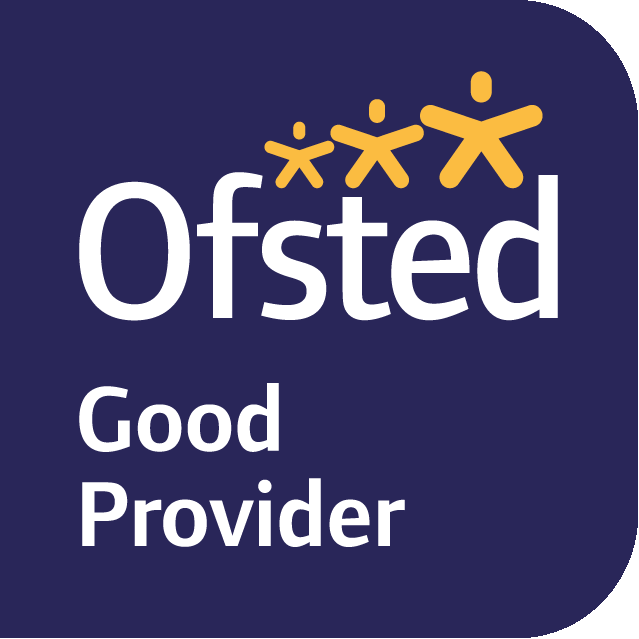
Bilingual education for enthusiastic children
CURRICULUM
SIS-LPEBL KT teaches both curricula : the National Curriculum of England and the Education Nationale French program.
Two pedagogic coordinators are responsible for building bridges between the two curricula and ensuring that teaching plans are logical and appropriate.
Our bilingual curriculum can be viewed at school upon request.

MOST COMMON QUESTIONS
Main topics

How do we teach reading in both languages ?
We teach our pupils how to read in English first in Reception year (Moyenne Section) thanks to small groups "phonics" sessions. The main objectives of this year are for the children to understand the mechanisms of the blending technique, and to know how to decipher and write simple words and also to start to learn the "tricky words". By the end of Year 1, pupils will have learned how to read and write according to the English Curriculum progression.
The discovery of French phonèmes and graphèmes starts later in Grande Section (Year 1) to be completed in CP (Year 2) with a more systematic teaching of reading with the syllabic method.
Whatever the language, we actually only learn how to read once in a lifetime. But we benefit here from the natural transfer of the reading skills acquired in English towards the reading of French which is usually acquired faster in our environment. Learning how to read happens then alternatively and not simultaneously which enables each pupil to integrate each language's various sounds at their own pace and avoid any confusion.
How do we provide both curricula entirely when we actually teach each language half week ? What happens especially with the science, history and geography ?
Teaching two curricula does not mean repeating each learning objective in both languages.
An important part of our pedagogic work has been to gather the common learning objectives in both curricula and at the same time, list all the specific abilities. It was then possible to draw a clear and efficient teaching plan per year group.
For instance in mathematics, expected objectives are identical even though teaching strategies may often vary. Pointing this out enables us to optimise our teaching time for the benefit of all the topics.
Our cross curricular projects are then very useful as we can gather several learning objectives in one teaching sequence. While cross curricular teaching keep the pupils very focused and curious, it also leads the group to tackle a greater number of skills at the same time.
To sum up, we would say that we especially focus on the learning objectives regarding mathematics and language and that we definitely put history, geography and science at the heart of our teaching plans.
How do you deal with the arrival of new pupils, especially in older primary year groups ?
We welcome bilingual or English beginner pupils in our older primary year groups. A good level in French is nonetheless required in those age groups.
Whenever complete English beginner pupils join us from Year 2 (CP), a teaching assistant is added to the teacher whenever needed. Pupils can then be despatched in smaller groups during some specific sessions focused on basic vocabulary ; beginners can also be helped during lessons by the assistant offering extra-help on a one to one basis.
Our low number year group are very helpful and efficient here: 20 pupils per age group.
We encourage parents of these beginner pupils to try to provide support at home eg from a nanny, or by enrolling the child in some after-school clubs.
Any other particularities at SIS – LPEBL KT ?
We organise many school outings : learning outside the school broadens the pupils’ horizon and gives a more palpable meaning to the various projects we implement.
Finally, our school’s cosy environment with low number year groups enables our pupils to feel listened to, to be able to be different and to develop a certain pride of belonging to this small community.

